5 Top Designers On How to Mix Metals
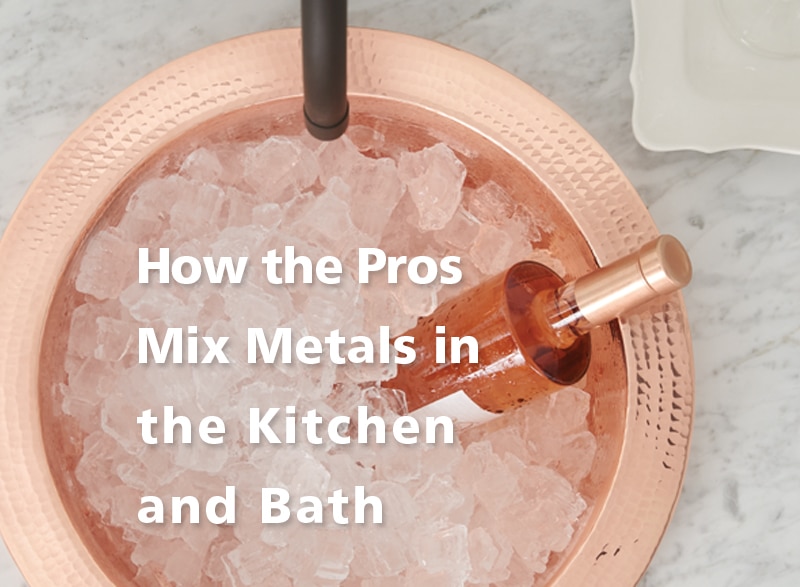
The rules of interior design are meant to be broken, and many of the most inspiring spaces are the ones that have done so with audacity. That said, what if you don’t even know what the rules are? Then, you could likely use some guidance with things like how to mix metal hardware in the kitchen and bath—one of the most common home design queries and a top trend for 2017 from the tabletop to the kitchen and bath. Here, five designers tell you how to get this collected, personalized look just right.
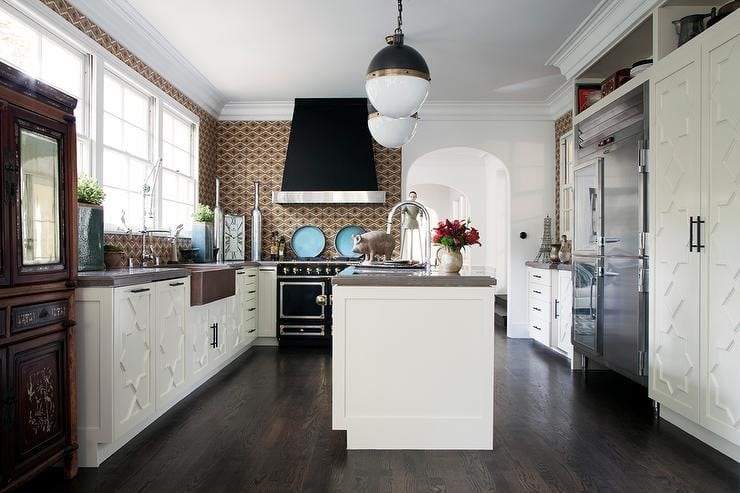
1. For best results, mix carefully
L.A.-based blogger and designer Emily Henderson says the trick to mixing metals is “just peppering it around the room evenly so that it looks intentional and thought out. If you have all silver pieces and then just one brass piece it will look accidental and not so good. Copper, rose gold, brass, gold and silver can all be friends. More like an all girls band—they play, compete, perform and can knock ’em dead when done right.”

2. Create a harmonious visual plane
Designer Dina Holland of Needham, Mass., advises her clients to use no more than three finishes but no less than two: “After emails about paint colors, the next email I get the most is from people asking if it’s OK to mix metal finishes when choosing fixtures for a kitchen and/or bath. There is a bit of a formula I like to follow, and while it’s not a hard and fast rule, I think it helps people feel a little more confident when making mixed metal selections for their homes. Here it is: Keep metals on the same visual plane the same metal, but feel free to mix on vertical planes.” In other words, keep all of your lighting fixtures brass, for instance, while keeping your faucet and your pulls/knobs in the same brushed nickel finish. Holland also suggests playing by the 2/1 rule—repeating one finish more than once and using another finish just as an accent—say, in the lighting over an island. As for mixing metals in the bathroom, she says the same rules apply, but adds one more: Ensure that all faucets are in the same finish.
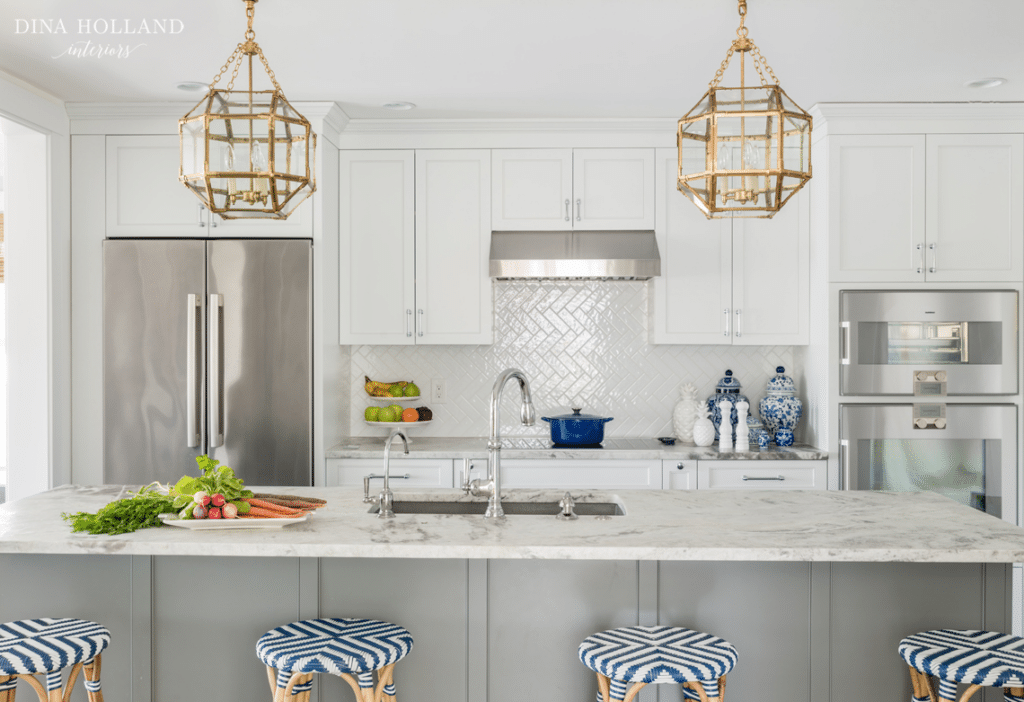
3. Choose a dominant metal
Echoing Holland’s guidelines, Yanic Simard, principal designer at the Toronto Interior Design Group, says, “When mixing metals, as with mixing colors in a color palette, it’s best to choose a dominant tone and a secondary tone to give the room a sense of visual structure. There’s no one mathematical formula for how much of each metal to use, but 70 percent and 30 percent is a good starting point for making sure one tone is dominant and the other is present enough to not feel misplaced.” Still stumped about where to start? Simard says, “While any favorite metal can be the dominant tone, I often recommend using more gold and less silver. Silver tones tend to be brighter and sparklier than gold ones, so this formula lets the few hits of silver shine without swallowing up the gold.”
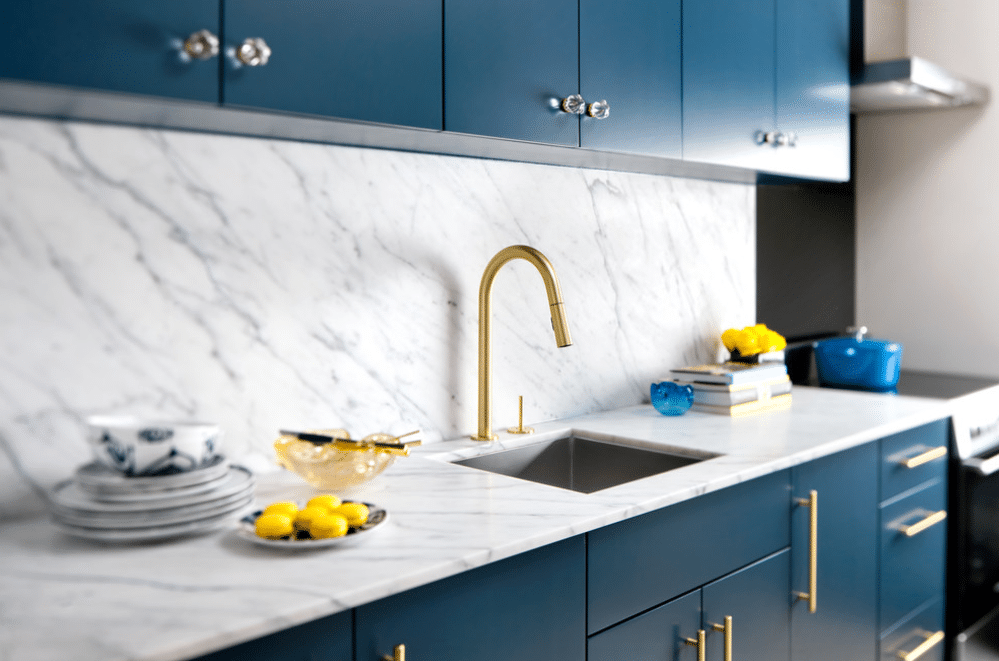
4. Balance warm and cool tones
Here’s a different way to think about it: “Warm metals, like gold and brass, come off as a rich pop of color and texture when placed with cool metals like silver and chrome,” says Kathy Kuo, New York-based founder of Kathy Kuo home. “If you have a modern, stainless steel kitchen, add a chandelier or vintage piece with some gold for texture and total charm. Similarly, if you have a very warm gold and white space, a chrome table or pendant light will make for metallic equilibrium. If you feel your space reads too cold, I suggest some brass, antique brass, iron, or gold tones.”
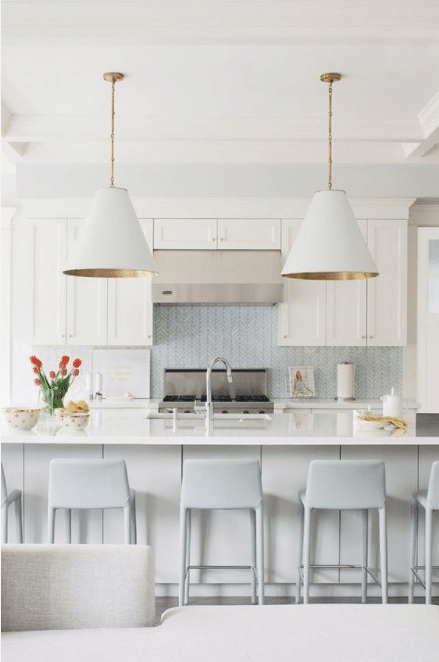
5. Consider the design style
Finally, mind the style of your home, whether it’s Art Deco or Arts and Crafts, contemporary or transitional. Chrome conveys a minimalist Scandinavian style, for example, while nickel shines in an elegant powder room. Meanwhile, “oil-rubbed finishes work very well in Old World or Tuscan style spaces, says Barbara Kaplan, an interior designer and principal of Design Dimensions in Phoenix. “The brownish, burnt tone gives it a rustic look that also works well in a cabin or cottage setting.” And if all else fails, says Kaplan, trust your gut: “Intuitively, you know what you like.”
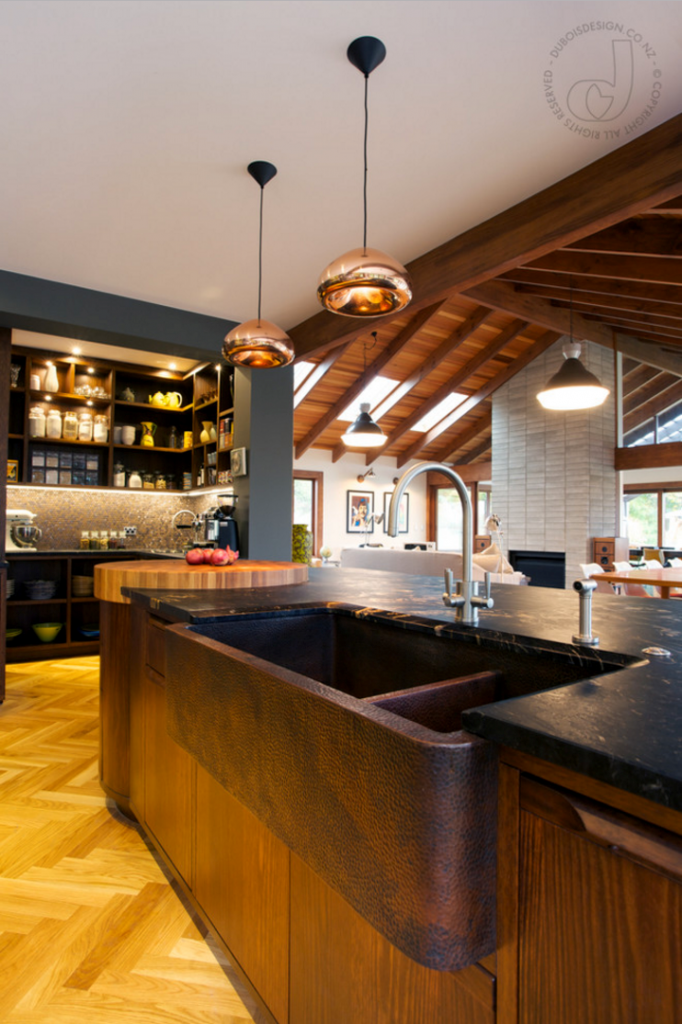
For more on how to mix metals at home, read our interview with Atlanta designer Michel Smith Boyd.
